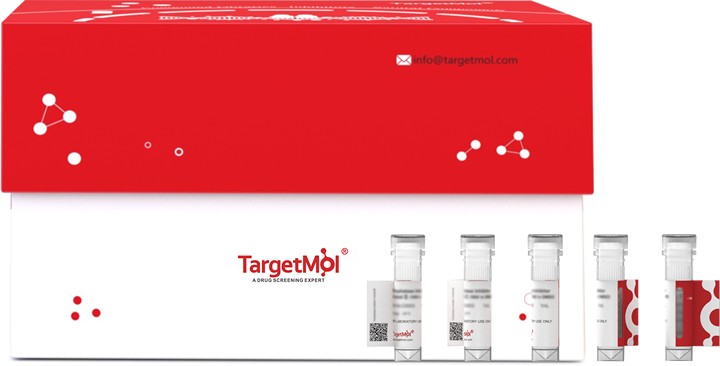购物车
- 全部删除
 您的购物车当前为空
您的购物车当前为空

HTRA1 Protein, Human, Recombinant (His & SUMO) is expressed in E. coli.

| 规格 | 价格 | 库存 | 数量 |
|---|---|---|---|
| 20 μg | ¥ 1,320 | 20日内发货 | |
| 100 μg | ¥ 2,680 | 20日内发货 | |
| 1 mg | ¥ 11,700 | 20日内发货 |
| 生物活性 | Activity has not been tested. It is theoretically active, but we cannot guarantee it. If you require protein activity, we recommend choosing the eukaryotic expression version first. |
| 产品描述 | HTRA1 Protein, Human, Recombinant (His & SUMO) is expressed in E. coli. |
| 种属 | Human |
| 表达系统 | E. coli |
| 标签 | N-6xHis-SUMO |
| 蛋白编号 | Q92743 |
| 别名 | Serine protease HTRA1,Serine protease 11,PRSS11,L56,HTRA1,HTRA,High-temperature requirement A serine peptidase 1 |
| 氨基酸序列 | QLSRAGRSAPLAAGCPDRCEPARCPPQPEHCEGGRARDACGCCEVCGAPEGAACGLQEGPCGEGLQCVVPFGVPASATVRRRAQAGLCVCASSEPVCGSDANTYANLCQLRAASRRSERLHRPPVIVLQRGACGQGQEDPNSLRHKYNFIADVVEKIAPAVVHIELFRKLPFSKREVPVASGSGFIVSEDGLIVTNAHVVTNKHRVKVELKNGATYEAKIKDVDEKADIALIKIDHQGKLPVLLLGRSSELRPGEFVVAIGSPFSLQNTVTTGIVSTTQRGGKELGLRNSDMDYIQTDAIINYGNSGGPLVNLDGEVIGINTLKVTAGISFAIPSDKIKKFLTESHDRQAKGKAITKKKYIGIRMMSLTSSKAKELKDRHRDFPDVISGAYIIEVIPDTPAEAGGLKENDVIISINGQSVVSANDVSDVIKRESTLNMVVRRGNEDIMITVIPEEIDP |
| 蛋白构建 | 23-480 aa |
| 蛋白纯度 | > 90% as determined by SDS-PAGE. |
| 分子量 | 65.0 kDa (predicted) |
| 内毒素 | < 1.0 EU/μg of the protein as determined by the LAL method. |
| 缓冲液 | Tris-based buffer, 50% glycerol |
| 复溶方法 | A Certificate of Analysis (CoA) containing reconstitution instructions is included with the products. Please refer to the CoA for detailed information. |
| 存储 | Lyophilized powders can be stably stored for over 12 months, while liquid products can be stored for 6-12 months at -80°C. For reconstituted protein solutions, the solution can be stored at -20°C to -80°C for at least 3 months. Please avoid multiple freeze-thaw cycles and store products in aliquots. |
| 运输方式 | In general, Lyophilized powders are shipping with blue ice. Solutions are shipping with dry ice. |
| 研究背景 | Serine protease with a variety of targets, including extracellular matrix proteins such as fibronectin. HTRA1-generated fibronectin fragments further induce synovial cells to up-regulate MMP1 and MMP3 production. May also degrade proteoglycans, such as aggrecan, decorin and fibromodulin. Through cleavage of proteoglycans, may release soluble FGF-glycosaminoglycan complexes that promote the range and intensity of FGF signals in the extracellular space. Regulates the availability of insulin-like growth factors (IGFs) by cleaving IGF-binding proteins. Inhibits signaling mediated by TGF-beta family members. This activity requires the integrity of the catalytic site, although it is unclear whether TGF-beta proteins are themselves degraded. By acting on TGF-beta signaling, may regulate many physiological processes, including retinal angiogenesis and neuronal survival and maturation during development. Intracellularly, degrades TSC2, leading to the activation of TSC2 downstream targets. |